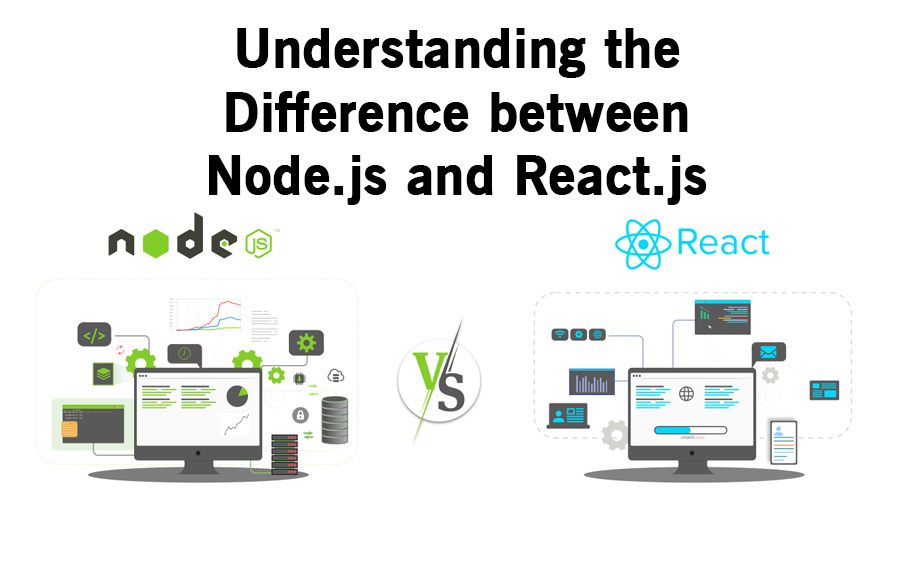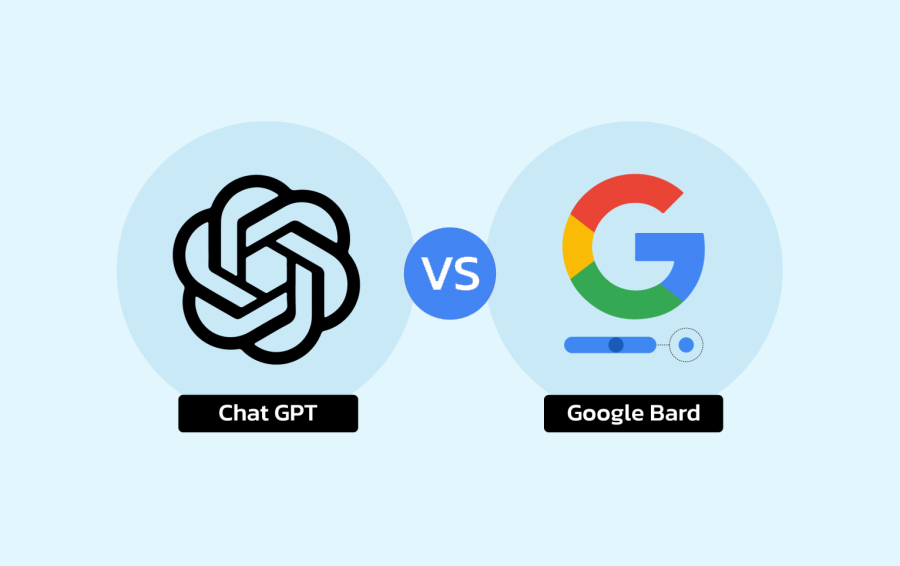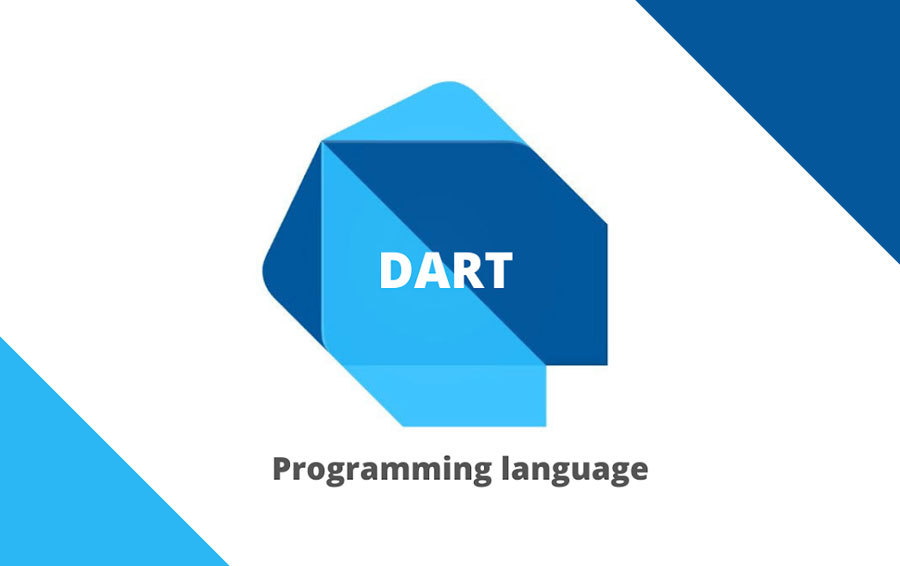Understanding the Difference between Node.js and React.js

Understanding the Difference between Node.js and React.js
The ever-evolving world of web development, staying updated on the latest technologies and frameworks is essential. Two of the most popular names you'll frequently encounter are Node.js and React.js. But what exactly are they, and how do they differ? We're here to provide you with a comprehensive understanding of these technologies, so you can make informed decisions in your web development projects.
Node.js: A Runtime Environment
Node.js is often described as a runtime environment, designed to execute JavaScript code outside of a web browser. This open-source platform has gained immense popularity over the years, thanks to its speed and efficiency in building scalable network applications. Here are some key features that set Node.js apart:
Non-blocking, Asynchronous I/O
One of the standout features of Node.js is its non-blocking, asynchronous I/O. In traditional server-side technologies, when a request is made, the entire process can come to a halt while waiting for a response. Node.js, on the other hand, can handle multiple requests concurrently, making it incredibly fast and efficient.
Single Programming Language
Node.js is consistent in its use of JavaScript on both the client and server sides. This uniformity simplifies the development process, as developers can use the same language for both front-end and back-end development, streamlining their workflows.
Robust Ecosystem
The Node Package Manager (NPM) is an extensive collection of open-source libraries and tools that simplifies the development process. With thousands of packages available, Node.js provides solutions to a wide range of development challenges.
Real-time Applications
Node.js is particularly well-suited for real-time applications. Its ability to maintain a constant connection between the client and server, known as "WebSocket," allows for instant data transmission and is ideal for applications like online gaming, chat platforms, and live streaming.
React.js: A JavaScript Library
In contrast to Node.js, React.js is not a runtime environment; rather, it's a JavaScript library developed by Facebook. React.js is primarily used for building user interfaces and is especially known for its reusability and component-based architecture. Let's dive into some of the distinctive features of React.js:
Virtual DOM
React.js introduces the concept of a "Virtual DOM." When changes are made to a web page, React.js doesn't immediately update the actual DOM. Instead, it updates a lightweight representation of the DOM in memory, called the Virtual DOM. This approach significantly enhances performance, as it minimizes unnecessary re-rendering.
Component-Based Architecture
React.js encourages the creation of reusable UI components. These components can be composed and combined to build complex user interfaces efficiently. This modularity is a key feature that simplifies development and maintenance.
One-way Data Binding
React.js uses one-way data binding, ensuring that data flows in a single direction, from parent components to child components. This unidirectional flow simplifies debugging and makes it easier to understand how data changes affect the user interface.
Rich Ecosystem
React.js has a rich ecosystem of libraries and tools that enhance its capabilities. Redux, for example, is a popular state management library that pairs seamlessly with React, making it easy to manage and share state across components.
Key Differences
Now that we've explored the individual characteristics of Node.js and React.js, let's highlight the key differences between these technologies:
Use Case
Node.js is primarily used on the server-side to build high-performance, scalable network applications, while React.js is focused on building user interfaces for web applications.
Language
Node.js uses JavaScript for server-side programming, ensuring consistency across the entire application. React.js is exclusively used for client-side development.
Architecture
Node.js is known for its event-driven, non-blocking architecture, making it ideal for handling multiple concurrent connections. React.js, on the other hand, follows a component-based architecture, enhancing the reusability of UI elements.
Real-time Applications
Node.js excels in real-time applications, thanks to its WebSocket support, making it suitable for chat applications, online gaming, and live streaming. React.js is better suited for developing user interfaces, including web and mobile applications.
When to Use Node.js or React.js
The choice between Node.js and React.js largely depends on your project's requirements. If you're working on a real-time application or need to build a high-performance server, Node.js is the go-to choice. On the other hand, if your primary focus is creating interactive and dynamic user interfaces, React.js is the perfect solution.
In some cases, you may find yourself using both technologies together. Node.js can serve as the backend, handling server operations and data processing, while React.js can manage the frontend, delivering a seamless user experience.































Comments
No Comments To Display
Leave a Comment